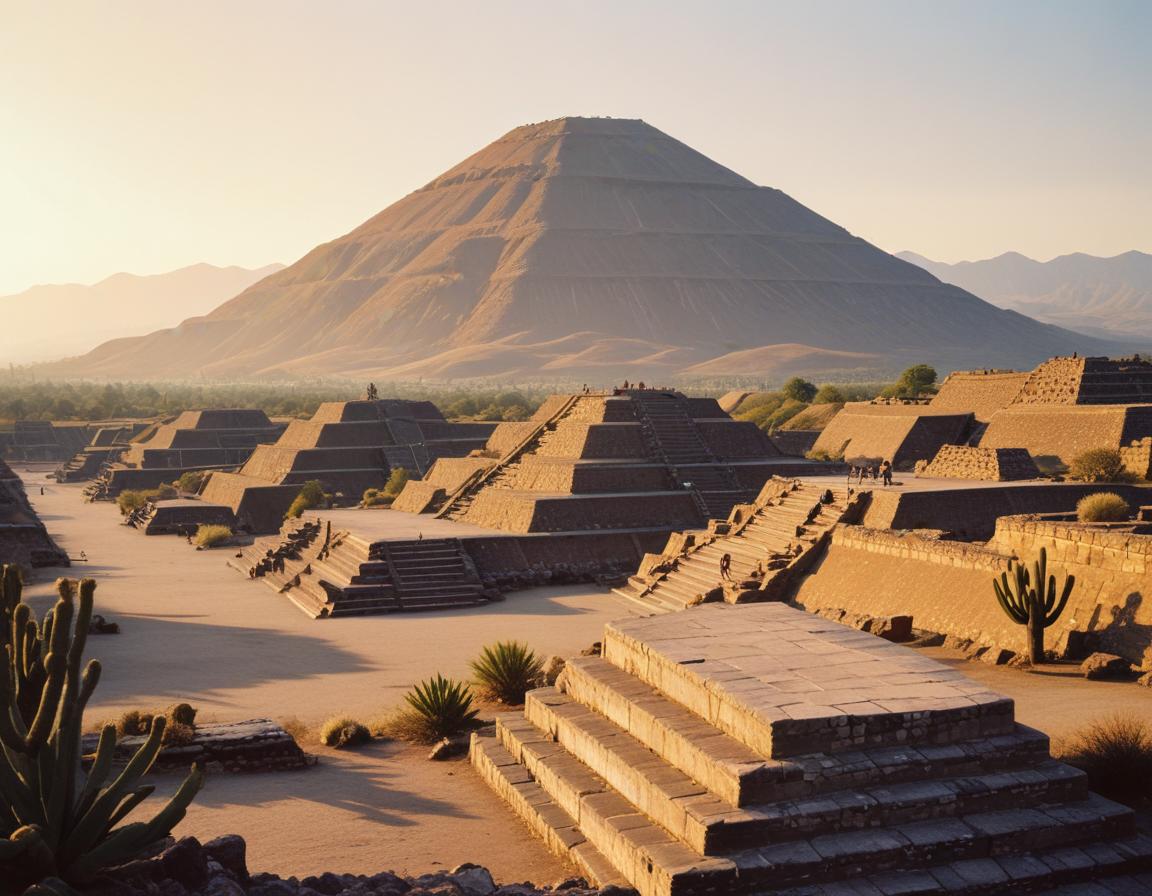Mexico is strategically repositioning itself as a global leader in sustainable tourism, moving beyond traditional mass tourism to embrace eco-friendly practices and inclusive growth. This ambitious shift aims to balance the country’s significant economic potential from tourism with the critical imperatives of environmental preservation and community empowerment, aligning with evolving global travel demands.
The nation has set its sights on becoming one of the top five most visited countries worldwide by 2030, projecting a remarkable 40% increase in international tourist arrivals over the next five years. Having welcomed 45 million visitors in 2024, placing it sixth globally, Mexico’s strategy emphasizes innovation, sustainable travel, and inclusive growth to ensure that this expansion is both responsible and beneficial across all regions.
A cornerstone of Mexico’s eco-friendly tourism approach is the “Pueblos Mágicos” program, which promotes towns of cultural, historical, or natural significance. By encouraging visitors to explore beyond popular resort areas, this initiative helps to distribute tourism benefits more equitably, fostering economic opportunities for local communities and preserving authentic cultural heritage, making responsible travel a key component.
Mexico draws inspiration from other nations leading in sustainable travel, such as Costa Rica, known for its extensive eco-tourism infrastructure, and Slovenia, which uses data intelligence to optimize visitor flows. Similarly, countries like Bhutan, with its “High Value, Low Volume” policy, and Palau, through its groundbreaking Palau Pledge, demonstrate varied successful models that prioritize environmental and cultural preservation, reflecting broader global tourism trends.
The economic impact of this renewed focus on sustainable tourism in Mexico is projected to be substantial, with one study indicating the industry could generate US$74.8 billion by 2032. This growth is fueled by expanding eco-friendly tourism options, including nature reserves and community-based experiences, which diversify the country’s offerings and create new revenue streams and job opportunities, reinforcing inclusive growth.
Further demonstrating its commitment, Mexico has introduced concrete initiatives such as Baja California Sur’s US$25 tourist tax, with proceeds directed towards local conservation and infrastructure development. Additionally, efforts to achieve “Blue Flag” certification for beaches in Cancun and Puerto Vallarta underscore a dedication to high standards in water quality and environmental management, making Mexico tourism more attractive to conscious travelers.
Even Mexican airlines like Volaris and Viva Aerobus are contributing to the sustainable travel paradigm, ranking among the most carbon-efficient globally. Their investment in fuel-efficient planes aligns with the growing consumer willingness to pay more for lower-carbon footprint flights, positioning these carriers favorably within the evolving global tourism trends.
In conclusion, Mexico’s ambitious tourism strategy is poised to redefine its role in the global arena. By steadfastly prioritizing sustainable travel practices, fostering inclusive growth, and embracing innovation, Mexico is not merely aiming to increase visitor numbers but to cultivate a vibrant, responsible tourism industry that benefits its environment, its communities, and its standing as a leader in the future of global tourism.






Leave a Reply